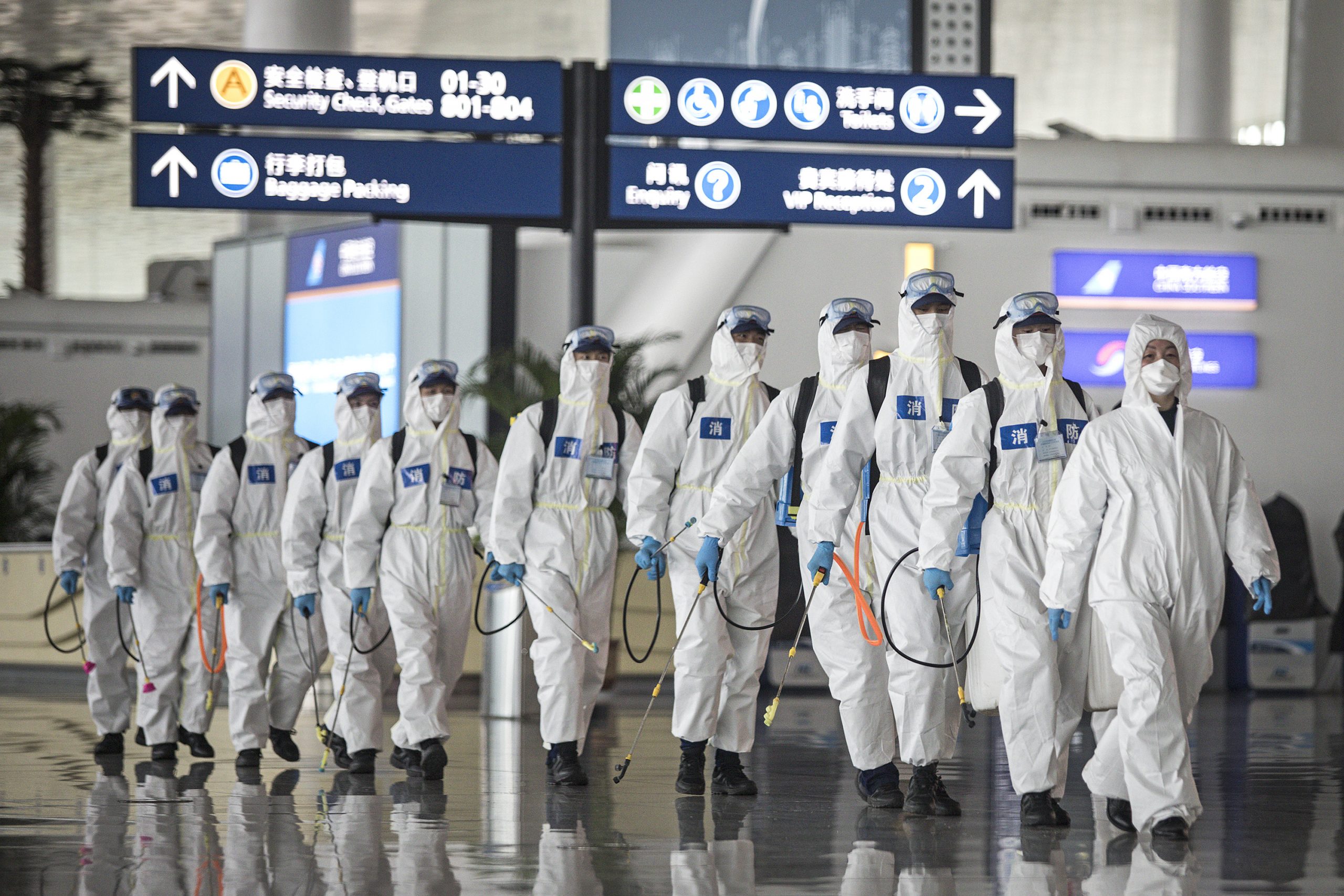As soon as we forgot about the coronavirus and took off the medical masks, a new monkeypox virus began to spread around the world, which had not previously spread beyond the endemic countries (that is, the countries in which they live).
-

(Photo: Getty Images)
To date, there have been more than 100 non-endemic confirmed cases of monkeypox in 12 countries. The highest number of cases are in England, Portugal and Spain. Cases have also been reported in Belgium, France, Italy, Sweden, Germany, the Netherlands, the USA, Canada and Australia.
We spoke with Vladimir Sibirsky, general practitioner at the European Medical Center (EMC) and got answers to all your questions.

Vladimir Sibirsky, Honorary Doctor of the Russian Federation, Candidate of Medical Sciences, General Practitioner of the European Medical Center (EMC), Head of the EMC Therapeutic Clinic
What is monkey flower?
Monkeypox virus belongs to the same family as variola viruses. The disease caused by this virus is called monkeypox and is one of the most dangerous infections.
To date, about 100 cases of this disease have been recorded in the world. As a rule, this infection is not transmitted from person to person. And if that happens, then the CDC (Centers for Disease Control and Prevention) believes this is possible mainly through large respiratory droplets.
Monkeypox virus is found in nature. African rodents brought to North America are likely to blame for its transmission and initial appearance.
The main symptoms of the disease
The incubation period of the disease lasts 7 to 14 days or can range from 5 days to 3 weeks.
The first signs of the disease are fever, intoxication, pain in the joints and muscles, severe fatigue, swollen lymph nodes. A rash appears after a few days. It usually starts on the face and then spreads to other parts of the body such as the hands and feet. Rashes are like small blisters that can become inflamed, infected. Then they turn into small purulent foci, and then heal with the formation of small scars. The disease usually lasts 2-4 weeks.
How can you get infected?
The main route of transmission is direct contact with bodily fluids, secretions from skin lesions, and through dirty laundry, shared items, etc. direct person-to-person contact. The aerosol route is still under investigation from person to person. Even if this route exists, it is less effective and the disease is less contagious than other viral diseases transmitted primarily by airborne cables.
Will a vaccine help?
Smallpox vaccine is effective, but as we know, smallpox vaccine was stopped in our country in the early 1980s, when smallpox vaccine was stopped. Those vaccinated against smallpox maintain their immunity for life.
There is no specific treatment for smallpox. Vaccination at the initial stage of the disease is believed to be effective enough to reduce the virulence level of the smallpox virus and alleviate the course of the disease.
It is now worth vaccinating risk groups, namely healthcare workers and those who have come into contact with the patient, both according to the recommendations of the CDC and those of our health authorities.
Could the virus occur in Russia?
Theoretically, maybe. The virus spread slowly in Europe, but cases are beginning to be reported in many countries. Russia is unlikely to be an exception. The health authorities of the Russian Federation are conducting preparatory work. We have a live vaccine against smallpox.
Source: People Talk
Lloyd Grunewald is an author at “The Fashion Vibes”. He is a talented writer who focuses on bringing the latest entertainment-related news to his readers. With a deep understanding of the entertainment industry and a passion for writing, Lloyd delivers engaging articles that keep his readers informed and entertained.





